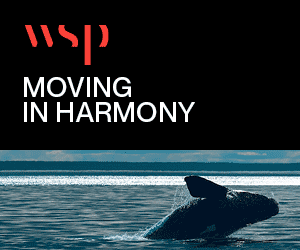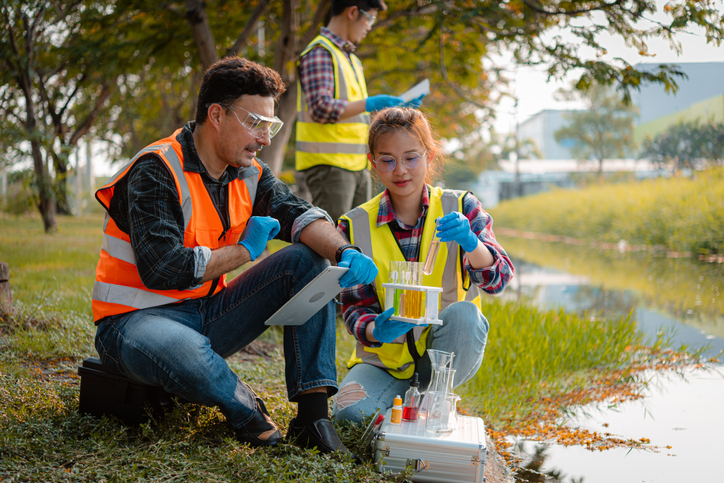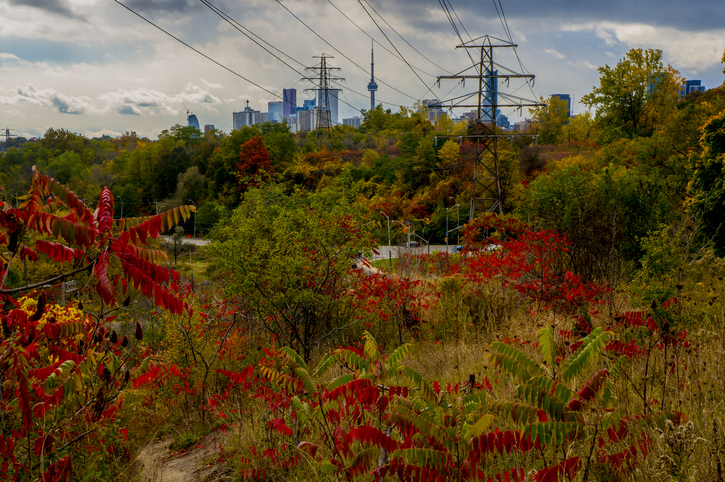Monday, September 29, 2025
At a time when Canada is contending with economic volatility, geopolitical shifts, and worsening socio-economic challenges, the push toward a net-zero future may seem, to some, like a luxury. But in reality, it is a necessity—and an opportunity. For rural, remote, and Indigenous communities in particular, net-zero pathway partnerships offer a chance not just to decarbonize, but to generate co-benefits that address economic, social, and environmental challenges.
Across Canada, communities are contending with overlapping crises: a looming recession, an unpredictable trade relationship with the United States, rising food and fuel prices, and deepening housing and health barriers. Indigenous communities continue to face the intergenerational effects of colonialism, from systemic racism to underfunded social services. Meanwhile, rural and remote regions are disproportionately impacted by climate-related disasters and economic precarity—often without the infrastructure or institutional support to respond quickly, according to a report from the Canadian Institute for Climate Choices.
Amid these challenges, we cannot afford to treat net-zero action as a siloed goal. The pursuit of rapid decarbonization must also be a pursuit of justice, reconciliation, economic security, improved health and wellbeing, sovereignty, and long-term prosperity for all communities.
The good news? When grounded in strong partnerships, community leadership, and thoughtful planning, energy and emissions solutions can become tools to solve multiple issues at once.
 The Vuntut Gwitchin First Nation and Canadian Utilities, an ATCO company, led the development of Canada’s most northerly off-grid solar project in the remote Yukon community of Old Crow. (Credit: CNW Group/ATCO Ltd.)
The Vuntut Gwitchin First Nation and Canadian Utilities, an ATCO company, led the development of Canada’s most northerly off-grid solar project in the remote Yukon community of Old Crow. (Credit: CNW Group/ATCO Ltd.)
Multi-solving through community partnerships
For many rural, remote, and Indigenous communities, the primary barrier to climate action isn’t a lack of ambition—it’s fragmentation. Fragmented funding opportunities, siloed government programs, limited capacity, and weak collaboration often make it difficult to plan, implement, and sustain net-zero action. In rural and remote areas, high energy costs, limited job opportunities, and housing challenges remain persistent. Indigenous communities face the additional burden of climate impacts intersecting with the intergenerational effects of colonialism, systemic racism, and the ongoing displacement of traditional knowledge systems in decision-making.
To overcome these layered challenges, we need partnerships intentionally designed for multi-solving—collaborative efforts that use net-zero action as a lever for achieving broader social, economic, and environmental benefits.
Net-zero transition strategies in rural, remote, and Indigenous communities can’t be one-dimensional—especially given the lack of capacity and funding that many of these communities face. These strategies must deliver multiple benefits, from reducing carbon emissions to improving health, housing, and local economies. For instance, community-owned renewable energy projects do more than reduce emissions and improve reliability. They also create jobs, foster energy sovereignty, and provide long-term revenue that can be reinvested into other community priorities. Similarly, energy-efficient housing retrofits go beyond reducing energy use—they lower utility bills, improve indoor air quality, decrease health risks, and enhance mental well-being.
A compelling example of this approach is the Old Crow Solar Project in the Yukon, a collaborative effort between the Vuntut Gwitchin First Nation, ATCO, and a clean energy consulting firm, showcasing the power of partnership in delivering diverse co-benefits of net-zero initiatives. This project not only reduces local diesel use by 190,000 litres annually, cutting 750 tonnes of carbon dioxide, but it also improves air quality, creates jobs, fosters economic development, enables community ownership, and reduces noise pollution. It’s a clear example of how effective community-driven collaboration addresses environmental, social, and economic challenges.
Multi-solving solutions—fueled by collaboration—are most effective when co-designed and co-implemented by Indigenous communities, municipalities, utilities, universities, schools, hospitals, community leaders, non-profits, and private sector partners. This collaborative, holistic approach ensures that the net-zero transition not only achieves its decarbonization goals but also generates co-benefits, making it inclusive, equitable, and meaningful for communities.
Address local priorities to achieve maximum potential
Community energy and emissions planning must reflect local priorities—whether that’s affordable housing, food sovereignty, reliable winter roads, or conservation efforts. When partnerships are co-created—not just consulted—they can better address interconnected matters of importance and maximize the potential for multi-solving. Local leaders hold the knowledge and solutions needed to unlock opportunities that deliver broad, cross-sector and cross-community benefits.
For partnerships to be truly effective, they must actively work to address systemic barriers that hinder community resilience and prosperity. In Indigenous communities, this means collaborations that recognize and support self-determination, as well as work to dismantle colonial systems and injustices.
True partnership involves honouring Indigenous governance structures, revitalizing traditional knowledge systems, and ensuring that development initiatives are driven and led by Indigenous peoples. In rural and remote communities, it requires responsive partnerships that reflect and support each community’s unique needs, values, and priorities—rather than imposing one-size-fits-all solutions. When partnerships intentionally engage in these actions, they create a foundation for solutions that generate broad co-benefits and maximize the potential for multi-solving across communities.
Strengthen national resilience by supporting low-carbon economy
There is also a broader national imperative at play. As global trade dynamics shift and climate impacts intensify, Canada must strengthen its internal resilience. That means ensuring that every community—not just major urban centers—have the tools, capacity, and infrastructure to thrive in a low-carbon economy.
Investing in collaborative partnership opportunities in rural, remote, and Indigenous communities isn’t just the right thing to do—it’s also strategic. It enhances domestic energy security. It reduces regional inequities and promotes social cohesion. It improves mental health and wellbeing. It also fosters innovation—solutions developed in challenging contexts often have broader applicability. And ultimately, it builds a more adaptable, inclusive, and resilient economy that’s better insulated from global shocks.
At a time when political polarization and mistrust in institutions are growing, community-led net-zero solutions that bring together multiple actors can rebuild civic trust and foster national unity—reminding us that a shared future depends on collective action.
The path forward
The net-zero transition isn’t a siloed endeavor—it’s a systemic shift that must be grounded in partnership and responsive to the broader social, economic, and environmental realities communities face. Rural, remote, and Indigenous communities are not on the periphery of this change; they are at the heart of it.
To succeed, we must treat net-zero action as a platform for addressing multiple, interconnected challenges. This moment calls for using decarbonization efforts as an opportunity to prioritize co-benefits, strengthen partnerships, and invest in community-driven solutions.
Canada’s future will be shaped not only by how quickly we reduce emissions—but by how collaboratively and holistically communities drive that change and are supported in their efforts.


Gemma Pinchin is Senior Lead, Research & Projects, and Melissa Schweyer is Manager, Strategic Growth & Communications, at QUEST Canada.
Featured image credit: Getty Images
To access the original, multi-media version of this article, click here.
To view a video about the Old Crow Solar Project, click here.












